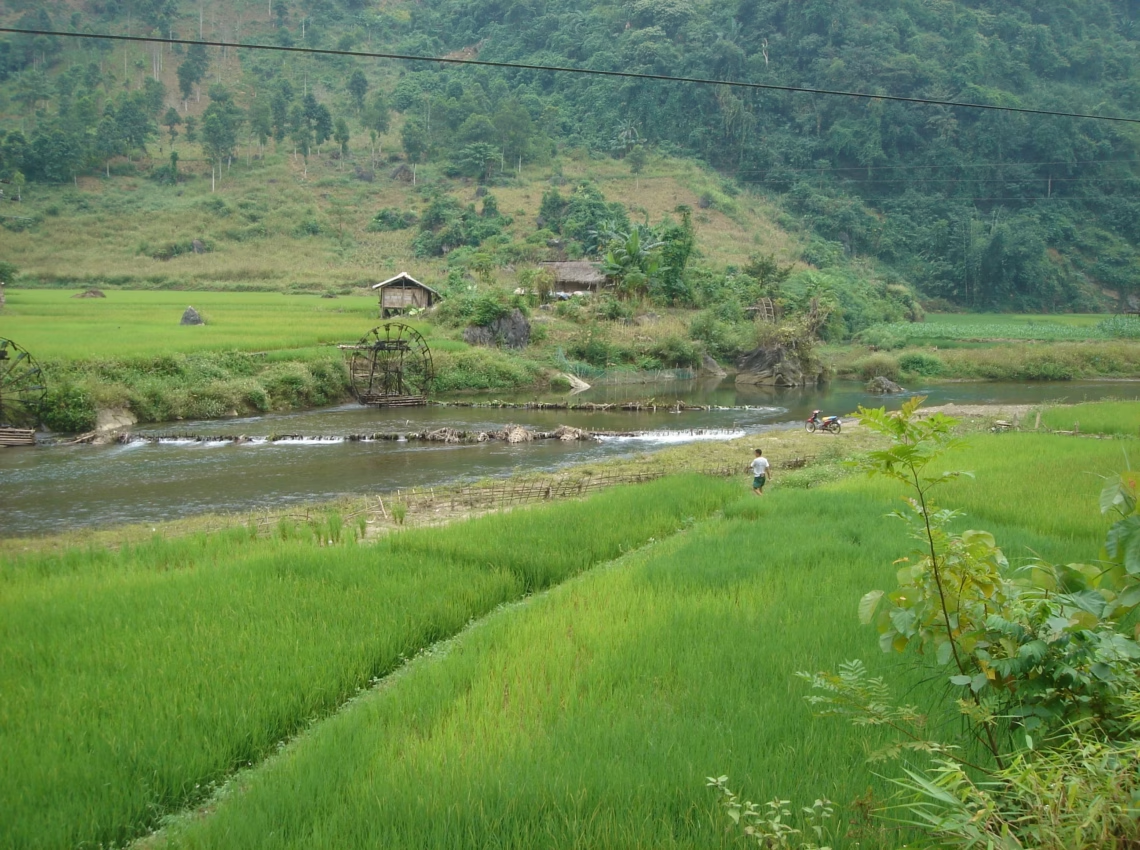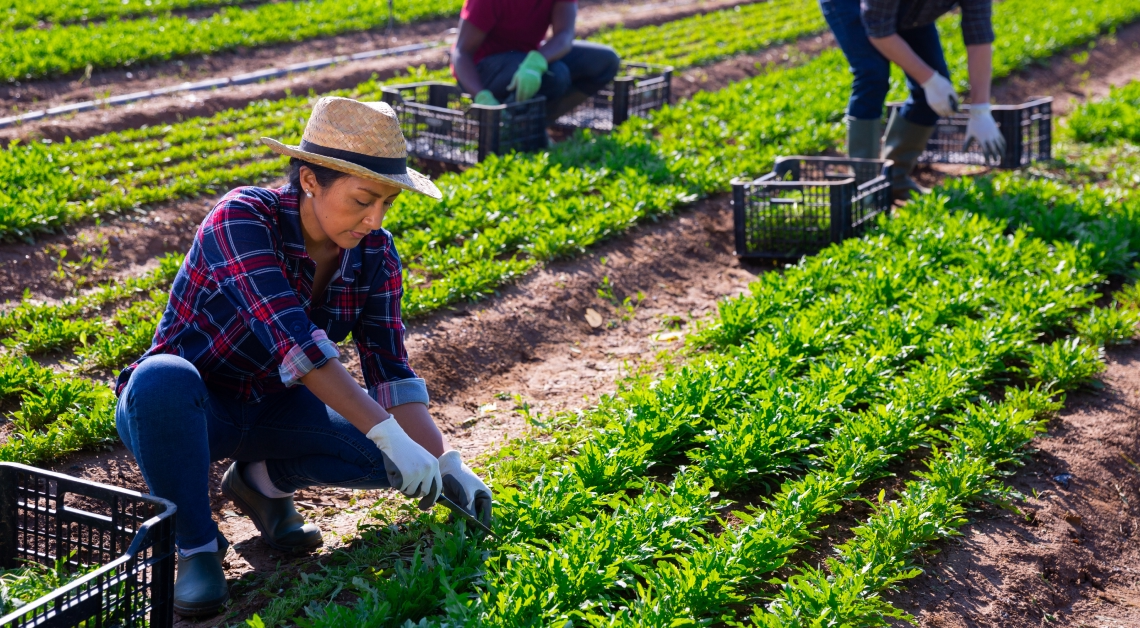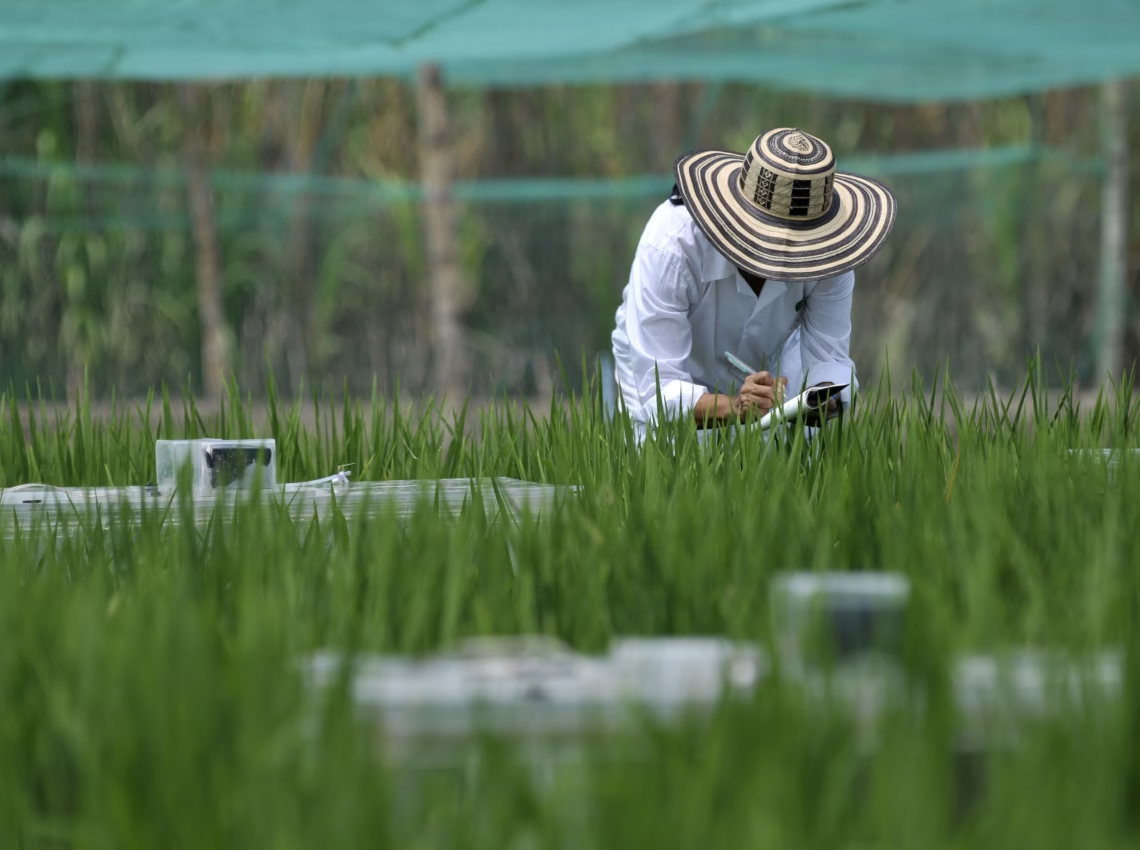5 Lessons on Agriculture and Climate Change from Experts
Climate change is changing the agricultural landscape. In order to ensure sustainable food production, experts say that immediate action is necessary. Through their insights, five critical lessons have emerged, offering actionable knowledge for this pressing issue.
Lesson 1: Understanding the Interconnection between Agriculture and Climate Change
Changes in the climate and agricultural practices are interdependent. Farmers depend on stable weather, yet agriculture itself contributes to climate problems. Let’s investigate these links in great depth.
Agricultural practices contribute to global warming by releasing gases like methane and nitrous oxide. Farming with livestock, managing soil, and applying fertilizer are all sources of these. For example, having cows produces methane, and using too much manure released nitrous oxide. These gases hold heat in, making global warming worse.
Climate change, on the other hand, throws off agriculture. Crops suffer from droughts, extreme weather, and irregular rainfall. Unexpected frost, for example, can ruin fruit output; a drought can lower soil fertility. These challenges necessitate farmers to adjust to evolving circumstances while simultaneously maintaining productivity.
Agriculture and climate form a cycle. Agricultural activities contribute to climate change, which in turn disrupts agricultural systems. This feedback loop shows the crucial need of using sustainable methods.
Lesson 2: The Role of Sustainable Farming Practices
Sustainability is the key to the future of agriculture. It guarantees food security in the long run while reducing environmental damage. Experts highlight several key strategies to achieve sustainability.
One effective approach is reducing carbon emissions on farms. More and more farmers are utilizing renewable energy sources, such as solar panels, to power their irrigation systems. This lessens their reliance on nonrenewable energy sources. Some people are using biochar, a material full of carbon, to improve land and store carbon.
An alternate method is agroecology, which incorporates farming with the natural world. Agroforestry is one example, in which trees are planted alongside crops. In addition to capturing carbon dioxide, this practice improves soil health and provides shade, among its many other advantages. A harmonious equilibrium between agriculture and ecosystems is established through this approach.
Reducing food waste is also critical. A substantial proportion of the harvested crops are lost during transportation or storage. Less waste is possible with better distribution and storage systems. This ensures that not a single resource is wasted in the production of food.
Lesson 3: Innovations and Technologies in Climate-Resilient Agriculture
In the face of climate change, technology has been a tremendous boon to farmers. The way we grow food while also fighting climate change is being transformed by new ideas.
One popular idea is “climate-smart agriculture,” or CSSA. It involves methods including the use of crop varieties fit for the local temperature and the planting of cover crops to stop soil erosion. Apart from raising output, CSA strengthens resilience against severe weather conditions.
Another major advancement is precision agriculture. Drones, sensors, and data analysis are used to monitor crops. A decrease in waste and an increase in efficiency can be achieved by farmers by identifying the areas of their fields that require water or nutrients. An example of this is the ability of drones to detect pests at an early stage, which allows them to execute targeted interventions.
A growing number of people are looking for drought-resistant plants. This crop has been genetically modified to withstand very dry conditions. One plant that exemplifies this phenomenon is drought-tolerant maize, which grows well in areas with limited water supply. In areas that are significantly impacted by climate change, such innovations are essential.
Lesson 4: Policies and Global Cooperation
Effective policies and international efforts are critical to addressing agriculture and climate change. Governments and organizations must work together to drive meaningful change.
Global frameworks like the Paris Agreement emphasize reducing emissions in agriculture. The promotion of agricultural practices that are resilient to climate change has the support of many nations. The world’s agricultural sector has made significant contributions to reducing the effects of climate change, and these commitments show that.
National policies are also making a difference. As an example, certain governments offer subsidies to farmers who undertake sustainable agricultural practices. Incentives like these encourage farmers to use more sustainable practices, which reduces negative impacts on the environment while keeping output stable.
Furthermore essential are non-governmental organizations (NGRs). Organizations such the Food and Agriculture Organization (FAO) help small-scale farmers by providing tools and training. Their help makes local communities more resilient to climate change.
Lesson 5: Community Engagement and Education
Sustainability in farming revolves around local communities. When it comes to empowering local farmers, experts say that education and collaboration are key.
Farmer training programs are key. Crop rotation and water saving are two of the many topics covered in these programs. For example, a Kenyan program taught farmers how to plant drought-resistant crops, resulting in higher yields despite dry conditions.
Local communities often develop innovative solutions. To make sure there was always water even when it rained, farmers in one village constructed little reservoirs to store rainwater. Such community-driven projects show how collaboration can address climate challenges.
Cooperation among scientists, lawmakers, and farmers is crucial. A collaborative initiative led to the implementation of solar-powered irrigation systems in India. Teamwork reduced farmer emissions and energy costs in this project.
Conclusion
Climate change and agriculture present challenges and opportunities. Experts’ lessons highlight practical ways to mitigate the effects of climate change while ensuring sustainable agriculture. From the implementation of new technologies to the promotion of community engagement, these solutions establish the foundation for a more promising future.
FAQs
Why is agriculture important in tackling climate change?
Agriculture considerably augments greenhouse gas emissions. But it’s also essential in the fight against climate change since sustainable practices could help to sequesters carbon.
What are the major challenges faced by farmers due to climate change?
Farmers deal with things like water shortage, erratic weather, and lower crop yields. These issues make it harder to maintain stable food production.
How can precision farming contribute to sustainability?
The utilization of technology in precision farming is designed to enhance efficiency and reduce waste by optimizing resource utilization. It guarantees that pesticides, fertilizers, and water are utilized solely when necessary.
What role do international agreements play in climate-resilient agriculture?
International agreements, such as the Paris Agreement, encourage nations to adopt sustainable farming practices. They set goals aimed at lowering emissions and bolstering efforts at climate adaptation.
What are some simple steps farmers can take to adapt to climate change?
Planting crops that can withstand dry conditions, rotating crops, and incorporating agroforestry practices are all options for farmers. Taking these measures lessens the ecological footprint of farming while simultaneously increasing resilience.
While following these rules
1) Ensure heterogeneous sentence lengths. And stick to primarily short, straightforward sentences.
2) Do not include any fluff when producing content. Each sentence should provide value to the overall goal of the content piece. Strictly follow this guideline
3) Dont give same context of sophomores every time, strictly follow this one
4) Content should be simple and easy to read
5) It also includes few but most relevant and helpful to the focus keyword examples wherever needed like list of keyword research tools…etc
6) the word length must be 3600 words this rule is ON TOP MOST PRIORITY
7) Write as a blog
8) don’t suggest the reader instead tell that we provide the suggested solution
9) also add relevant sub headings to support the topic information wise
10) write as humanly as possible and use the simple words as a man and woman use in their daily conversation.
11) write headings of the each topic given while following information
12) dont write in bullet points instead change them to simple paragraphs
13) make sure divide the word length of each given content heading
14) Make sure to cover every given facts from 1 to 7





